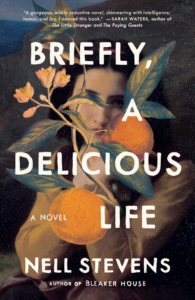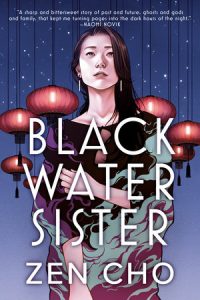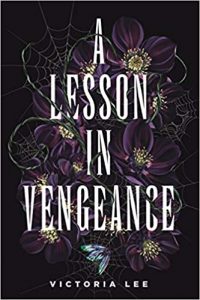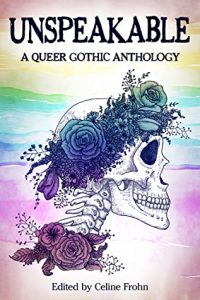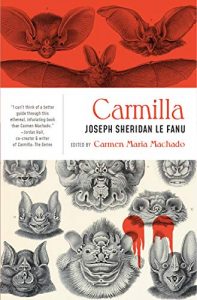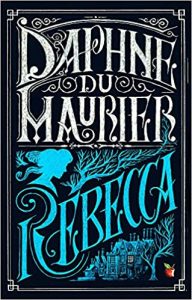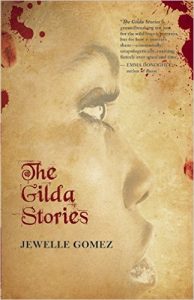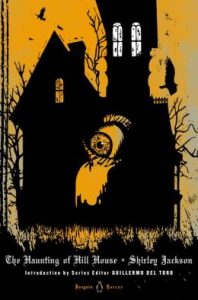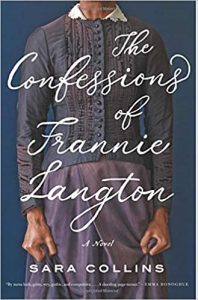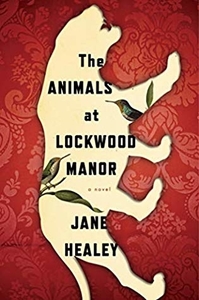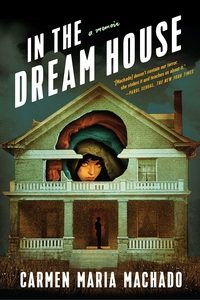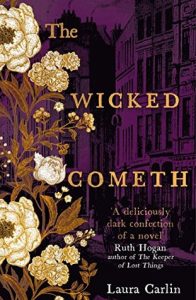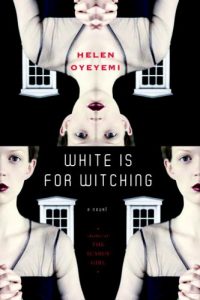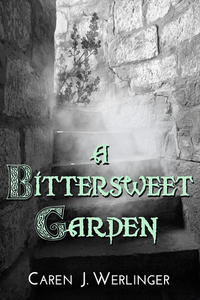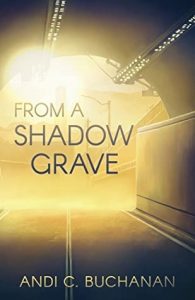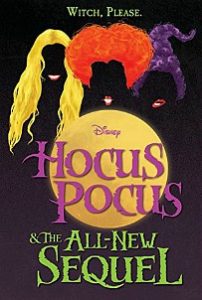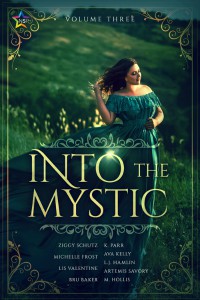Amazon Affiliate Link | Bookshop.org Affiliate Link
Nell Stevens’s debut novel, Briefly, A Delicious Life (2022), is a stunning historical novel about a centuries-old ghost who falls in love with one of history’s most infamous writers.
The novel is told from the perspective of Blanca, a ghost who has been fourteen for hundreds of years by the time the novel begins in the 1830s. After dying in childbirth in a hilltop monastery in Mallorca in 1473, Blanca spends her (after)life watching over the monastery and haunting those who harm others. When George Sand (1804-1876), a nineteenth century French author famous for both her novels and her penchant for wearing men’s clothes, arrives at the monastery with her two children and her lover, composer Frédéric Chopin, for an extended stay in Mallorca, Blanca falls instantly in love with George, although George has no idea Blanca exists. The novel narrates Blanca’s desire and devotion to George, as well as George’s writerly and motherly struggles in the present and in the past. Blanca quickly becomes an unseen part of the family’s life, and the novel unfolds against the backdrop of nineteenth-century Mallorca.
Stevens is a prominent memoirist, with her memoirs Bleaker House (2017), Mrs. Gaskell and Me / The Victorian and the Romantic (2018) winning multiple awards. With Briefly, A Delicious Life, Stevens’ first attempt at fiction, she does not disappoint. This novel is full of the emotional and intellectual vigour of the best historical fiction. Stevens’ novel is poetic without being overwrought, and full of humour and delight as much as it is of sadness and female rage. Although Stevens adapts an episode in the lives of real individuals, she does so with postmodern humour, and Blanca’s perspective was unique and refreshing.
This is a novel to linger over, and it’s one that I was thinking about long after I’d finished it. With this text, Stevens promises to become one of the most prominent authors of queer historical fiction. Briefly, a Delicious Life is unlike any ghost story I’ve read before, and it is a novel of hope, renewal, and the female voice.
I highly recommend this book to fans of Sarah Waters’s or Emma Donoghue’s fiction, or of Emily M. Danforth’s Plain Bad Heroines.
Please add Briefly, A Delicious Life to your TBR on Goodreads.
Rachel Friars is a writer and academic living in Canada, dividing her time between Ontario and New Brunswick. When she’s not writing short fiction, she’s reading every lesbian novel she can find. Rachel holds two degrees in English literature and is currently pursuing a PhD in nineteenth-century lesbian literature and history.
You can find Rachel on Twitter @RachelMFriars or on Goodreads @Rachel Friars.

